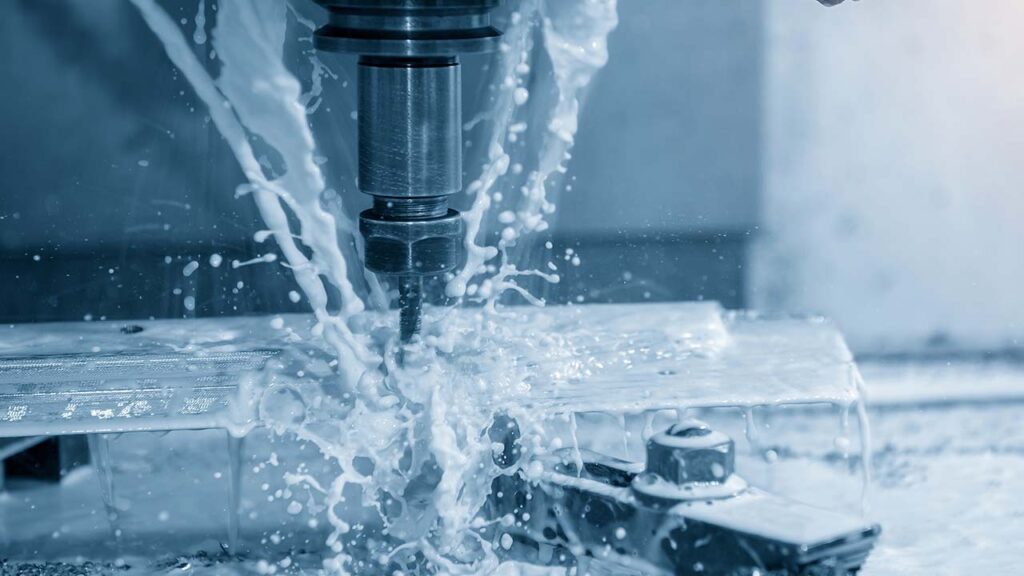Introduction
Choosing the right Computer Numerical Control lathe machine can directly affect the efficiency, accuracy, and profitability of your machining workshop. Whether you’re starting a new machine shop or upgrading your existing equipment, understanding key selection criteria will help you make a smart investment.

1. Determine Your Workpiece Type and Size
The first step is to evaluate what kind of parts you need to produce:
- Small precision parts (e.g., pins, screws): Choose a compact CNC lathe with high-speed spindles.
- Medium parts (e.g., flanges, bushings): Opt for a flat-bed CNC lathe with 300–500mm swing diameter.
- Heavy-duty parts (e.g., shafts, discs): Consider a slant-bed lathe with strong cutting torque and rigid bed.
Tip: Always select a lathe that allows 10–20% more space than your largest part to ensure flexibility.
2. Match the Material to Machine Capability
Different materials require different machining strengths:
| Material | Recommendation |
|---|---|
| Aluminum, Brass | High-speed, light-duty CNC lathe |
| Carbon Steel | Mid-range power spindle (5.5–7.5kW) |
| Stainless Steel | Heavy-duty lathe with rigid structure |
| Copper/Soft metals | Precision lathe with coolant system |
Make sure the machine has enough rigidity and power for your core materials.
3. Understand Key Machine Specs
Some critical specifications to look for:
- Spindle Speed: High RPM (3000–6000) for small precision parts, lower RPM but high torque for heavy parts
- Chuck Size: Match with part diameter (commonly 6”, 8”, 10”)
- Tool Turret: 4-station or 8-station electric turret for fast tool change
- Control System: Fanuc, Siemens, or GSK for reliability and compatibility
4. Consider Automation and Efficiency Features
For high-volume production, look for machines with:
- Automatic bar feeder
- Chip conveyor
- Hydraulic tailstock or live center
- Robotic arm compatibility
These features reduce labor costs and improve production speed.
5. Support, Warranty, and Spare Parts Availability
A CNC lathe is a long-term investment. Before buying:
- Ask for local or online training
- Confirm 1–2 years warranty and lifetime tech support
- Ensure spare parts are in stock (bearings, belts, tool holders)
6. Budget vs Performance
Avoid choosing solely by price. A slightly more expensive machine with stable performance will bring better ROI in the long run.
Conclusion
There is no one-size-fits-all CNC lathe. The best choice depends on your part type, production volume, material, and automation needs. As a professional CNC lathe supplier, we provide tailored solutions to help you grow your machining business.

